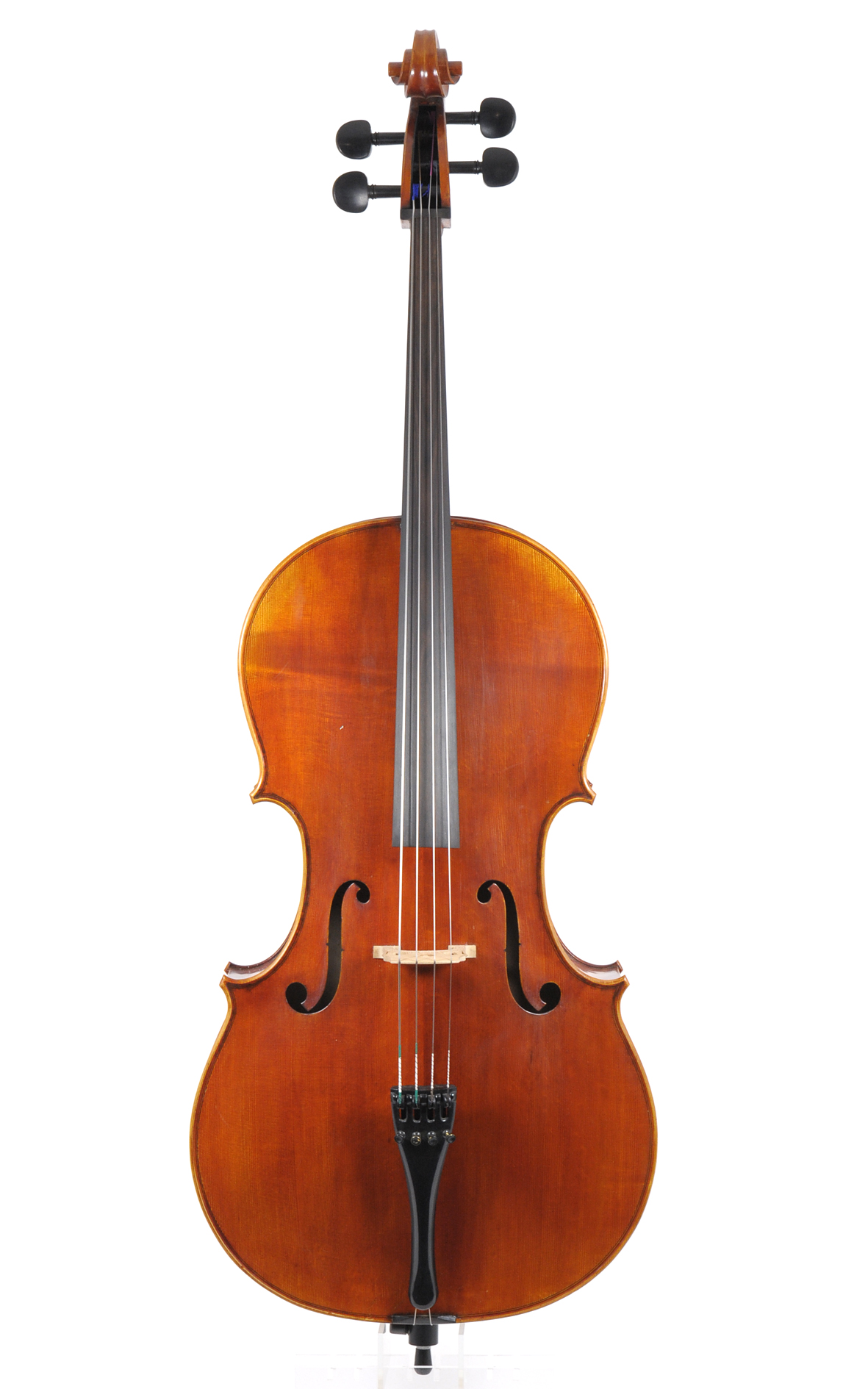

At the bottom, the body is larger than at the top, with a curving indentation toward the middle, and a protruding neck at the top. You may be wondering “what does a cello look like?”Ī cello is usually made of wood, and it has the same general shape as a violin. Music lovers will continue to enjoy this instrument for hundreds of years to come because of its versatility. With all of the innovations that have been made to the cello over the past few decades, it has become an interesting instrument. Even a music genre dedicated to it has been developed called Cello rock – a subgenre of rock music that emphasizes Gothic sounds.

His part in Modern MusicĬellos can now be heard in various musical genres. Additionally, the neck and fingerboard were stretched and re-angled for improved clarity and responsiveness. Their goal was to increase pressure on the strings and increase volume, for example, by raising the bridge. In order to increase the volume, precision, and receptivity of the cello, makers made innovations and alterations to the instrument. Rather than soft sounds made for a private, limited audience, there was a need for sounds that could be heard by more people. The sound of the cello was further altered by cultural transformations and the demand for different tones. This cello size was soon adopted by other cello makers around Europe, making it the standard. In 1710, he started making celli that measured between the two original dimensions of the instrument (too big and too small). The standard size of the modern cello is credited to Antonio Stradivari. Cellos were created in response to the need for this tone. As a result, there was a demand for a sound very similar to Eastern music today. In the fifteenth century, extensive performance practices led singers to realize that high pitch and a nasal tone were needed for performance. Therefore, the ideals were practically decided by the singers of that time. Back then, vocal music dominated all other forms of music. Western European music’s trend toward sound ideals contributed to the cello’s late entry into music. Cellos, however, were developed in the 15th century. Violins were depicted in paintings from the 12th and 13th centuries, indicating that they were part of the music of that time. He rose to fame by building cellos for King Charles IX of France, even though he was not the inventor of the cello. Making the cello was first introduced to the world by Andrea Amati.

This instrument belongs to the violin family and was originally known as the bass violin. In 1550, northern Italy became the first region to recognize the cello.


 0 kommentar(er)
0 kommentar(er)
